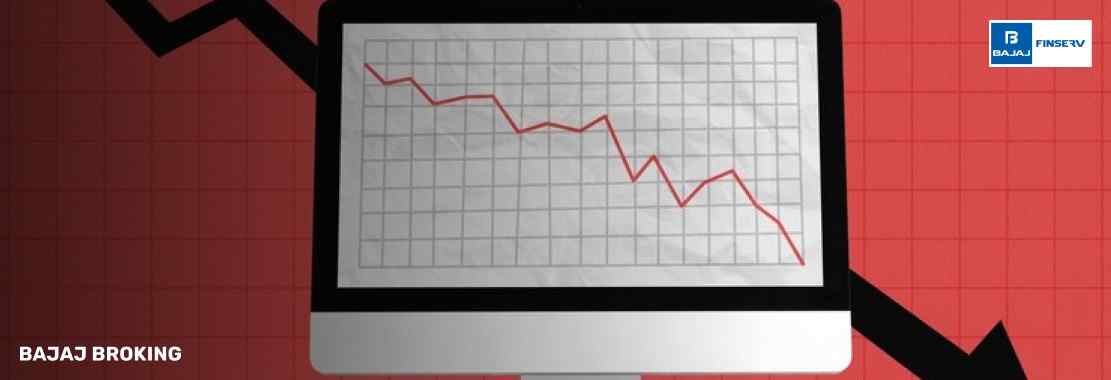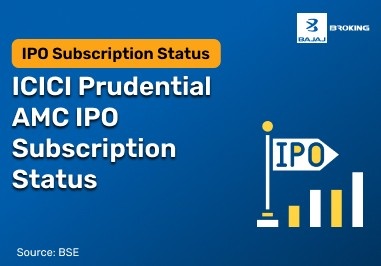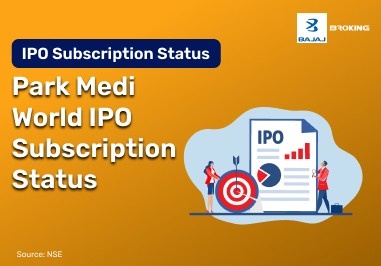When a firm gets delisted from the S&P 500 Index, it usually undergoes a number of significant changes. One of the most direct consequences is on the stock price and trading volume of the firm. Because a large portion of index funds and exchange-traded funds (ETFs) is created to replicate the components of the S&P 500, they must divest the stock of any firm that is no longer included in the index. This move usually creates more selling pressure, which may cause the share price of the company to fall.
In addition to market response, the firm can also experience lower visibility. Membership in a highly tracked index tends to attract some level of investor, analyst, and media attention. Being dropped from the index can result in lower analyst coverage and fewer investor inquiries, which could impact the firm's capacity to raise capital or gain new investors.
Even with these issues, the effect is not always long-term. Some firms can consider the deletion as a moment to re-examine their operations and concentrate on internal restructuring. This time can provide an opportunity to examine business strategies, reinforce financial fundamentals, or venture into new markets without the pressure of holding a place in the index.
In some cases, the removal is the result of a merger, acquisition, or significant decline in market capitalisation. Whatever the reason, the transition marks a change in how the company is perceived and traded in the public markets, and it often prompts a strategic response from its leadership.
Understanding the S&P 500 Index
The S&P 500 Index represents 500 prominent U.S. companies spanning different sectors. It is widely used as a benchmark to gauge the performance of the U.S. stock market.
Key aspects of the S&P 500 include:
It includes companies based on market capitalization, liquidity, and financial stability.
The index covers various industries, providing broad market representation.
The S&P Dow Jones Indices committee manages and updates the list of companies.
Regular reviews ensure the index reflects the evolving market dynamics, maintaining relevance as an economic indicator.
How do Companies qualify for the S&P 500?
To qualify for inclusion in the S&P 500, companies must meet several key criteria:
Market Capitalization:
Companies must have a market cap of at least $14.6 billion to be considered for inclusion.
Liquidity:
Stocks need to have high trading volumes, ensuring there is enough liquidity for investors to buy and sell shares with ease.
Domicile:
Eligible companies must be based in the U.S. and listed on major U.S. stock exchanges, such as the NYSE or NASDAQ.
Public Float:
At least 50% of a company's shares should be available to the public, ensuring broad investor access.
Financial Viability:
Companies are required to have positive earnings in recent quarters, demonstrating financial stability and profitability.
Sector Representation:
The S&P 500 aims to maintain balanced representation across various sectors of the economy, reflecting the diversity of the U.S. market.
These guidelines ensure that the S&P 500 represents large, financially stable companies that are actively traded and have a significant impact on the economy.
Reasons for Removal From the S&P 500
Reason
| Description
|
Mergers and Acquisitions
| Company merges with or is acquired by another entity.
|
Declining Market Cap
| Market capitalization falls below required threshold.
|
Financial Performance
| Sustained losses or negative earnings.
|
Corporate Restructuring
| Significant changes in company structure or strategy.
|
Sector Rebalancing
| Adjustments to maintain sector representation.
|
Voluntary Stock Delisting
Firms can choose to voluntarily delist from the S&P 500 for strategic purposes, like going private or embarking on a significant restructuring. This option can minimize regulatory overheads and allow greater operational freedom. However, delisting may also limit the company’s visibility in the market, reducing investor interest and liquidity. As a result, the company could face challenges in maintaining a broad investor base, even though it might benefit from fewer compliance requirements.
Forced or Involuntary Delisting
Involuntary delisting occurs when a company no longer meets the necessary criteria for inclusion in the S&P 500, such as financial difficulties or declining market capitalization. This forced removal can trigger significant volatility in the stock price, as index funds and ETFs adjust their portfolios. Moreover, the company's position in the market becomes less prominent, leading to reduced analyst coverage and a potential decline in investor interest. In many cases, such companies struggle to regain investor confidence.
Effects of Removal From the S&P 500
When a company is removed from the S&P 500, it typically faces immediate selling pressure from index funds and ETFs that need to adjust their holdings. This adjustment can cause the company's stock price to decline. Additionally, the removal often results in decreased analyst attention and reduced investor interest, as the company’s visibility within the broader market diminishes. This can negatively affect the company’s ability to raise capital or execute large-scale financial plans.
How the Stock Is Affected
When a company is removed from the S&P 500, its stock is usually subjected to more volatility. This is mostly because index funds and ETFs that follow the S&P 500 have to dump the shares of the company, as it is no longer included in the index. This forced liquidation increases the volume of the stock being traded, which tends to drive down the price, particularly if the stock represented a significant portion of these funds' portfolios.
The effect on the price of the stock is also determined by many factors, including the size of the company within the index, its shareholder base, and overall market sentiment. For instance, a firm that has a significant market capitalization or high levels of institutional ownership might have lesser price movement relative to smaller companies. Furthermore, market mood and general economic circumstances are significant factors in deciding just how much the stock price is going to swing after being eliminated.
With time, the share price should, however, settle down since investors get accustomed to the reality. The market tends to react gradually to news like this, taking time to reassess and reinterpret the company’s financials and future outlook. Its stock price would settle back slowly if the company recovers or introduces improvements.
Implications for Shareholders
Portfolio Adjustments:
Investors might need to reassess their holdings to maintain a balanced portfolio.
Liquidity Considerations:
A decrease in liquidity could affect the ease of trading the stock.
Valuation Reassessment:
With reduced analyst coverage, the company’s valuation might be impacted, potentially leading to price fluctuations.
Strategic Decisions:
Shareholders may consider the company's future direction and strategies following its removal from the S&P 500, deciding whether to hold or exit their position.
What Occurs When a Company Joins the S&P 500?
Increased Visibility:
Inclusion often leads to heightened investor awareness.
Stock Price Movement:
Stocks may experience price increases due to anticipated demand from index funds.
Enhanced Liquidity:
Trading volumes typically rise as more investors engage with the stock.
Analyst Coverage:
Analysts may initiate or increase coverage, providing more information to investors.
Companies Taken Out of the S&P 500 in 2024
In 2024, Whirlpool Corporation, American Airlines Group, and Etsy Inc. were removed from the S&P 500 due to financial struggles.
Whirlpool Corporation
Whirlpool Corporation was dropped from the S&P 500 index in 2024 because of falling market capitalization and difficulty in keeping its competitive edge. The business had financial challenges and was unable to meet the index's growth expectations. It had been in the index long enough, but market conditions and its internal performance issues resulted in it being removed.
American Airlines Group
American Airlines Group was removed from the S&P 500 in 2024 due to industry-wide challenges and financial setbacks. The company's performance metrics fell below the requirements for inclusion, with financial instability and weaker market performance contributing to its exit from the index. These factors led to its removal despite its long-term presence in the aviation sector.
Etsy Inc.
Etsy Inc. was excluded from the S&P 500 in 2024 after facing declining market capitalization and profitability. The company’s business dynamics, including changes in consumer demand and operational challenges, contributed to its exclusion. Despite its role in the e-commerce sector, these factors led to its inability to meet the criteria for continued inclusion in the index.
Companies Added to the S&P 500 Index in 2024
Palantir Technologies Inc.:
Added due to growth in market capitalization and its expanding presence in the data analytics sector.
Dell Technologies Inc.:
Included following strong financial results and its importance within the technology and IT services sector.
Erie Indemnity Co.:
Added to provide greater diversification and balance across different sectors, particularly in insurance and financial services.
Final Thoughts
Removal from the S&P 500 can have immediate effects on a company's stock performance and investor perception. While it may present challenges, it also offers companies an opportunity to reassess and realign their strategies for future growth.














